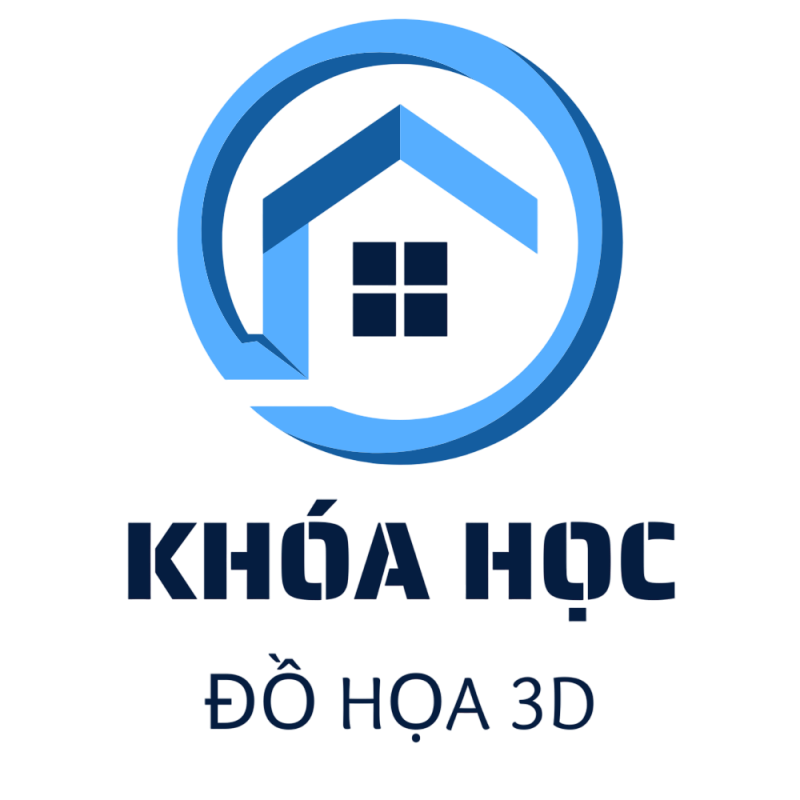A OBD2 scanner is a mechanical issue identifier that displays trouble codes in your motor vehicle. These tools plug into your vehicle’s OBD system to identify malfunctions that might be causing warning indicators on your dashboard. OBD readers have become vital devices for both car repair experts and DIY car enthusiasts looking to diagnose what might be wrong with their vehicles. https://carcodescanner.store/
Basic Functionality and Purpose
The primary purpose of a car code scanner is to interface with your vehicle’s computer system and obtain diagnostic trouble codes (DTCs). Each diagnostic code offers a concise indication of a specific malfunction your automobile may be encountering, directing you toward a individual element or area that may be not working properly. For instance, when the check engine light appears on your instrument panel, it’s activated by the vehicle’s computer, and a OBD reader can inform you exactly what initiated it.
These diagnostic tools work by connecting to the On-Board Diagnostics port in your transport. Almost all vehicles made after 2001 have an onboard diagnostic system, which uses numerous electronic inputs to observe engine behavior. When a component isn’t functioning properly, the ECU issues a fault code.
Types of Car Code Scanners
There are a couple of types of diagnostic tools that are often not distinguished from each other:
Basic Code Readers: These are basic devices that can read and reset DTCs and deactivate the engine warning. They supply basic details but typically are missing advanced diagnostic features. Basic scanners are usually cheaper and appropriate for everyday vehicle users.
Professional Scanners: These more sophisticated tools not only scan codes but also provide troubleshooting information and instructions on accurately identifying malfunctions. Advanced diagnostic scanners can identify developing, generic, and vehicle-specific codes, document and replay real-time information, chart readings, and access individual data points. Advanced scan tools can also conduct bidirectional control, enabling users to send instructions to test different parts.
Diagnostic Protocol Standards
OBD2 became the universal format for automotive fault detection in the United States for all cars produced after January 1, 1996. Other countries adopted it later:
Canadian market: 1998
European Union: 2004
Australia, Mexico, and New Zealand: 2006
This consistency means that a single OBD reader can operate throughout various vehicle makes and variants, though some high-level functions may be only available for specific manufacturers. For modes of transport predating than the OBD2 adoption timeline, specialized legacy diagnostic equipment are essential, which are typically make-dependent since original diagnostic protocols weren’t standardized.
Features of Modern Car Code Scanners
Contemporary OBD readers range from entry-level to feature-rich:
Basic Functions: Scanning and erasing trouble codes, checking emission readiness monitors
Intermediate Features: Revealing real-time information from various sensors, displaying captured parameters (record of measurements when the error occurred)
High-End Functions: Interfacing with vehicle-specific modules like Anti-lock Braking System, SRS, transmission, performing system checks, and even programming certain systems
Today’s code readers might also offer digital interfaces, wireless or Wi-Fi connectivity for software refreshes, and mobile compatibility. Many sophisticated OBD equipment can link with internet repositories that provide comprehensive fix instructions based on the particular codes retrieved.
Why You Should Use a Scanner
Using a car code scanner delivers several benefits:
Money Savings: Diagnosing issues yourself before delivering your car to a technician can lower on diagnostic fees
Proactive Maintenance: Discovering problems before they become severe can avert more high-priced repairs
Time Saving: Reading and clearing codes at home eliminates trips to the service center or automotive store
Knowledge: Recognizing what’s going on with your automobile gives you more power when discussing repairs with service providers
Scanner Operation Guide
Operating a standard car code scanner typically consists of these steps:
Locate the diagnostic interface (usually underneath the dashboard on the driver’s side)
Attach the scanner to this port
Turn the starter to the “ON” position without activating the engine
Wait for the reader to connect with your vehicle’s onboard system
Go to the “Retrieve Codes” feature and select it
Review any codes that display and consult the scanner’s documentation or digital databases to translate them
For people interested in servicing their vehicle or saving on troubleshooting expenses, a OBD reader is a beneficial acquisition that delivers insight into your vehicle’s health and performance.
